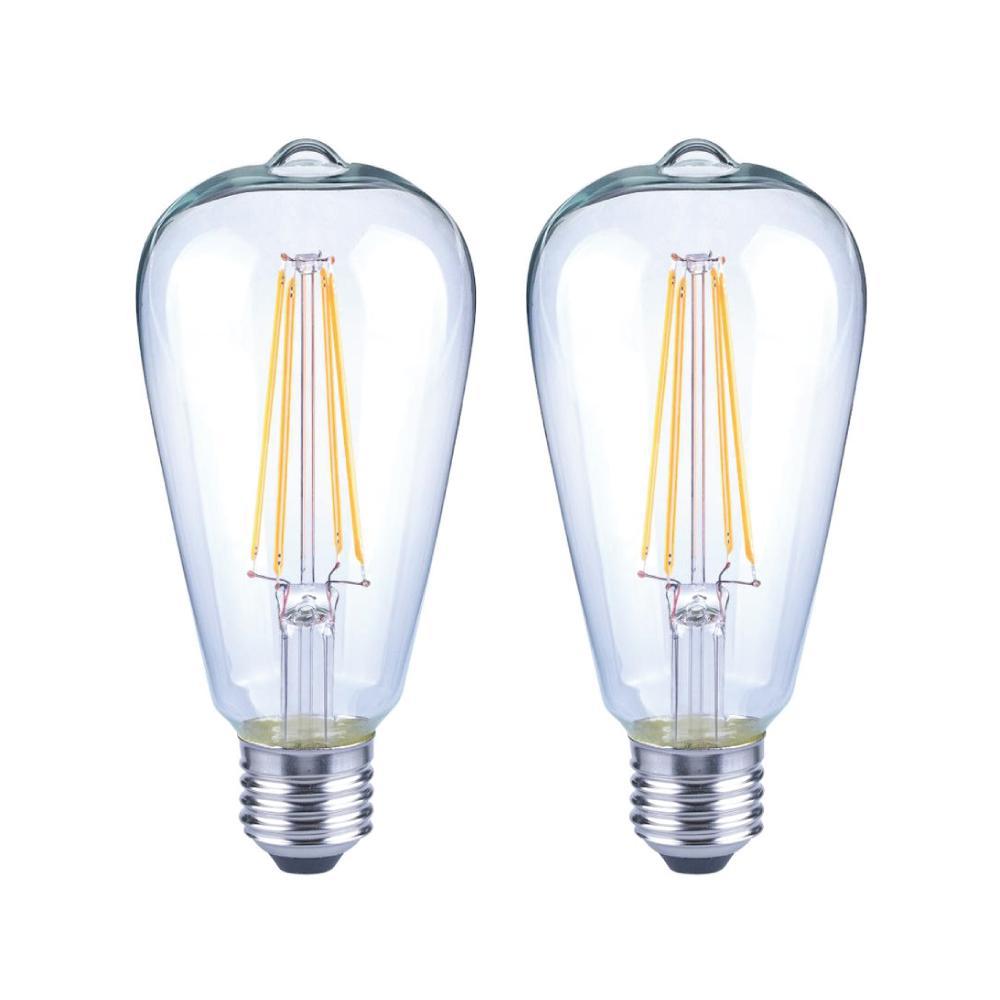
This is why you might see a flashlight rated in candelas rather than lumens- it is more useful to know how much light is focused with the flashlight, not the total light, which includes some light dispersed in all directions. The candela is a measurement of the total light generated and focused in one particular direction. All LEDs can be dimmed with the right power supply.)Ĭandelas. You may see some LED lights measured in mcd, or millicandelas. (Note: the reason some commercial LED bulbs cannot be dimmed is because of the power controller in the bulb, not the LEDs themselves. LEDs vary widely in their brightness potential, and can be "dimmed" by running at a lower current.


Lumens are derived from luminous flux, which is the total power of light, which is why high-power bulbs are sometimes called "high-flux," To measure lumens, an LED is placed inside a sealed reflective sphere, known as an integrating sphere, and its light is bounced around in all directions in the sphere (integrated) so its flux can be measured at one point, and calculated into lumens based on the size of the sphere. Lumens. The brightness of light is usually measured in lumens, or the total amount of light generated. Measuring Brightness | Generating Light | Supplying Power | LED Efficiency | Lumen Lies Please see the LED Design page for more information on how LED chips are designed into LED bulbs.
LIGHT BULB BRIGHTNESS FULL
In this page, we will be primarily discussing LEDs, meaning the individual LEDs themselves, which are sometimes referred to as "chips." When reading, keep in mind that an "LED bulb" is full electrical circuit, including multiple LEDs and other components, which is then fitted to a base. The high brightness potential is one of the main reasons many auto manufacturers are replacing incandescent lighting fixtures with LED versions, whether it is the 3rd brake light, tail lights, interior lighting, or even the headlights. Every year, smaller and smaller LEDs are developed that produce more and more light, as a function of the power consumed.

Light-emitting diodes, or LEDs, are at the forefront of modern illumination for every purpose imaginable, because of their high efficiency, long life, fast switching capabilities, and vibrant color spectrum possibilities.


 0 kommentar(er)
0 kommentar(er)
